12 Most Famous Types and Varieties of Asparagus
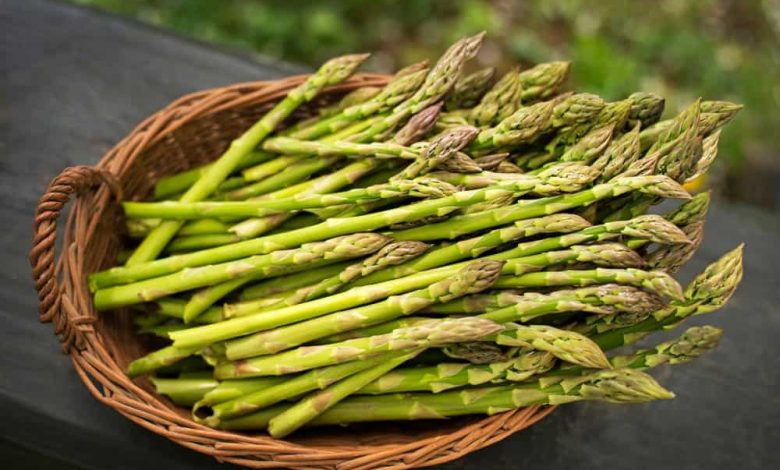
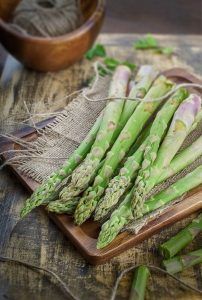
You will get to know asparagus up close and discover its different types, with photos. You will be able to better understand the different types and where you can find them.
Asparagus have been consumed since ancient times, as they originate from Mesopotamia, from where they were taken to Greece and Italy.
In Spain, it was introduced by the Arabs in the 13th century, and today the largest production is from Navarra.
The asparagus is a perennial plant that we get on the Mediterranean coast, but it is adaptable to temperate and tropical climates.
Asparagus has multiple culinary applications, such as starters with mayonnaise sauce, vinaigrette, bechamel sauce, gratins, etc., scrambled with eggs, an ingredient in salads and soups.
Culinary versatility is given by the flavor and aroma of each variety. The different types of asparagus are classified according to the species, variety or cultivation method, because not all varieties can be grown in all conditions.
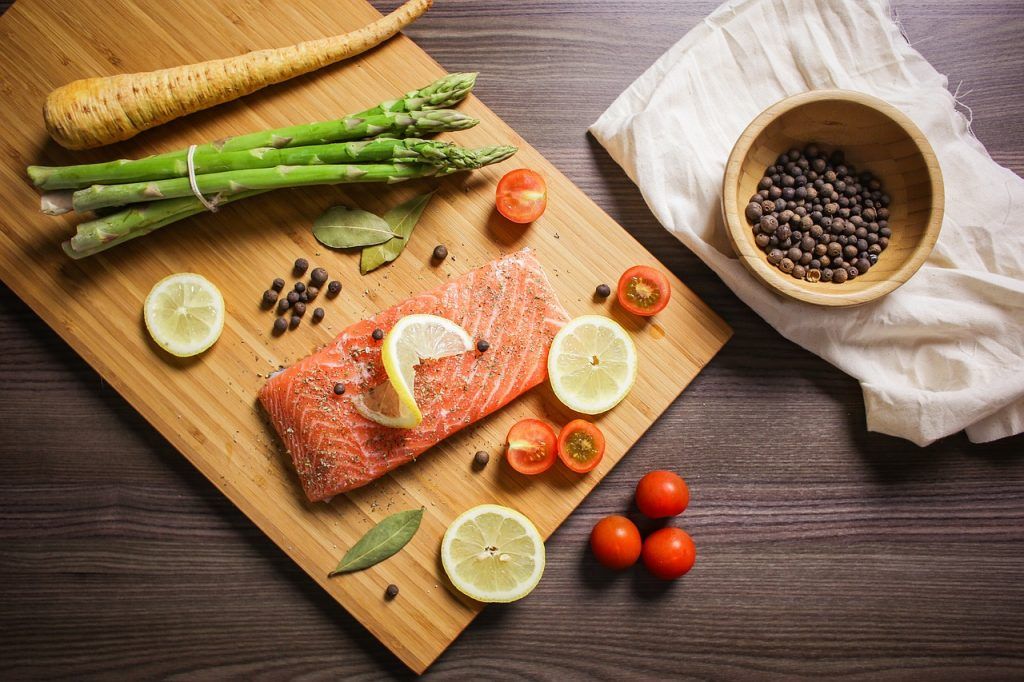
Growers should grow varieties that have been tested in the region where they are to be planted. Among the things that influence a successful crop are the potential market, the requirements of the grower, and the properties of the soil.
According to this criterion, asparagus varieties are classified as follows:
Most common asparagus varieties
Green asparagus
Green asparagus is by far the most common type of asparagus found in most produce departments in the supermarket.
When cooked, their color becomes even brighter and greener and their texture is crispy yet tender.
Although many people believe that the thinner and younger asparagus is more tender, it is actually just the opposite. If you choose thicker asparagus, the texture will be even more tender because asparagus has a fixed set of fibers that are not as evident in thicker shoots.
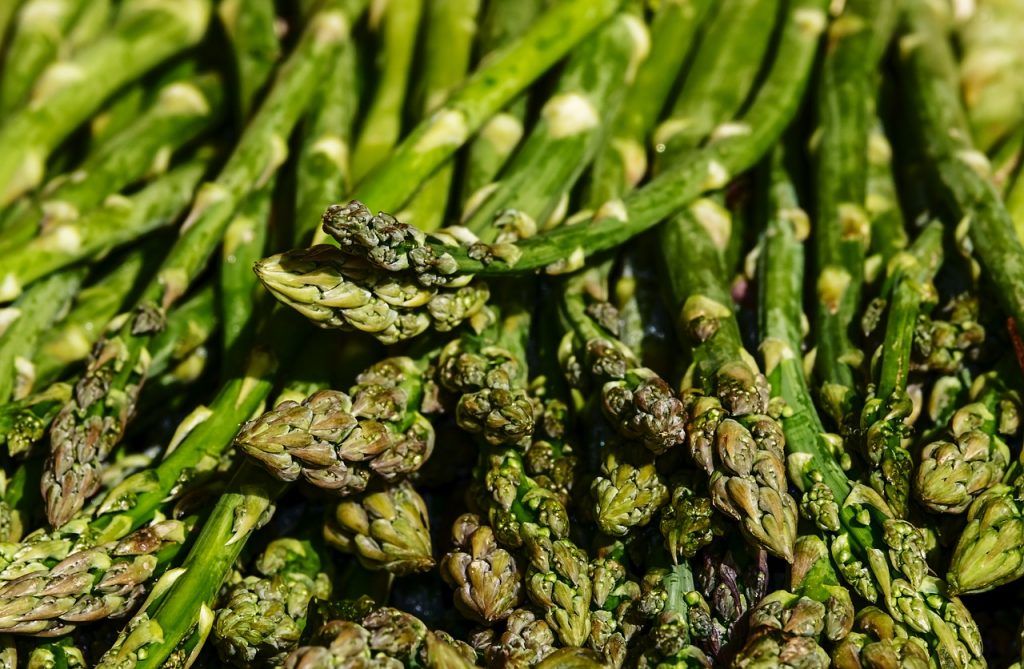
wild or wild asparagus
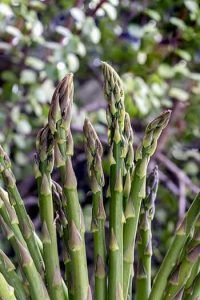 They are fine, with a slightly bitter taste, green in color and grow in the mountains. We can cultivate them in spring, in the family garden, without burying them excessively, because it is a kind of short crop, in spring, just two months.
They are fine, with a slightly bitter taste, green in color and grow in the mountains. We can cultivate them in spring, in the family garden, without burying them excessively, because it is a kind of short crop, in spring, just two months.
They are positive because we can easily reproduce them by dividing the bush, replanting them from those found in the field without depleting them of their natural habitat.
When we have exhausted the production, we will leave the plant in the open air, so that it becomes strong and in this way we will be able to work in better conditions the next campaign because there will be greater outbreaks.
This asparagus is the most nutritious, with the most intense flavor and aroma and the firmer and meatier texture, as well as being the one that contains the most vitamins, as it is rich in vitamins A and C, thiamin (B1), riboflavin (B2), potassium and calcium.
We must eat them as soon as they are harvested to enjoy their gastronomic and nutritional qualities. Ideal in pasta: tagliatelle or tagliatelle.
white asparagus
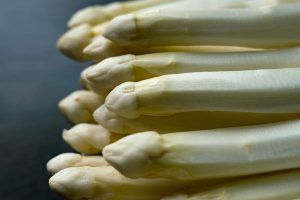 Its lack of color comes from the lack of coloration of the shoots.
Its lack of color comes from the lack of coloration of the shoots.
They are grown forming high ridges on the plant so that the asparagus does not receive light, which stops the plant’s chlorophyll photosynthesis and the shoots appear white instead of green.
But beware, it is this technique that maintains the delicate flavor of this variety of asparagus.We will cultivate in furrows, burying them by raising the ridges, seeking to preserve the stems from light so that they retain their white color.
This product is also spring-like and makes the skin smooth and shiny.
Its tip is green, but turns purple at times.At the time of collecting them, we must take the precaution of carefully separating the earth to cut them when the shoots emerge from the ridge.
This variety of asparagus contains more carbohydrates; It is marketed already processed because it has a shell, so we must peel it and cook it to consume it.We must plant them in ridges and collect the stems as they sprout.
As they harden extremely easily, we must act before they become long.As we have written before, the cultivation of asparagus in all its varieties is exclusive to spring.
It is necessary to state that the asparagus varieties are also male hybrids with a long and profitable life, as well as a uniform production, without the risk of their reproducing.
purple or violet asparagus
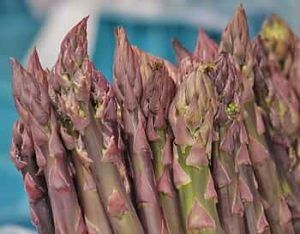 Its color is due to a pigment known as anthocyanin, which is present in all violet or purple species, such as grapes, raspberries, beets, aubergines, etc.
Its color is due to a pigment known as anthocyanin, which is present in all violet or purple species, such as grapes, raspberries, beets, aubergines, etc.
They taste sweeter than the whites and greens, and they can be eaten raw thanks to their crunchy texture, but this is not as popular an asparagus as the other two varieties.
Specific types of asparagus
apollo stud
Apollo asparagus produces a large crop and flowers earlier than many other types of asparagus. Its stems are medium to large in diameter and have purple tints at the tips.
Smooth in appearance with nice, uniform stems, this type of asparagus is dark green in color and does best in hot or cool climates. Highly resistant to rust and fusarium, Apollo asparagus is ideal for a wide variety of purposes, including freezing, fresh serving and processing.
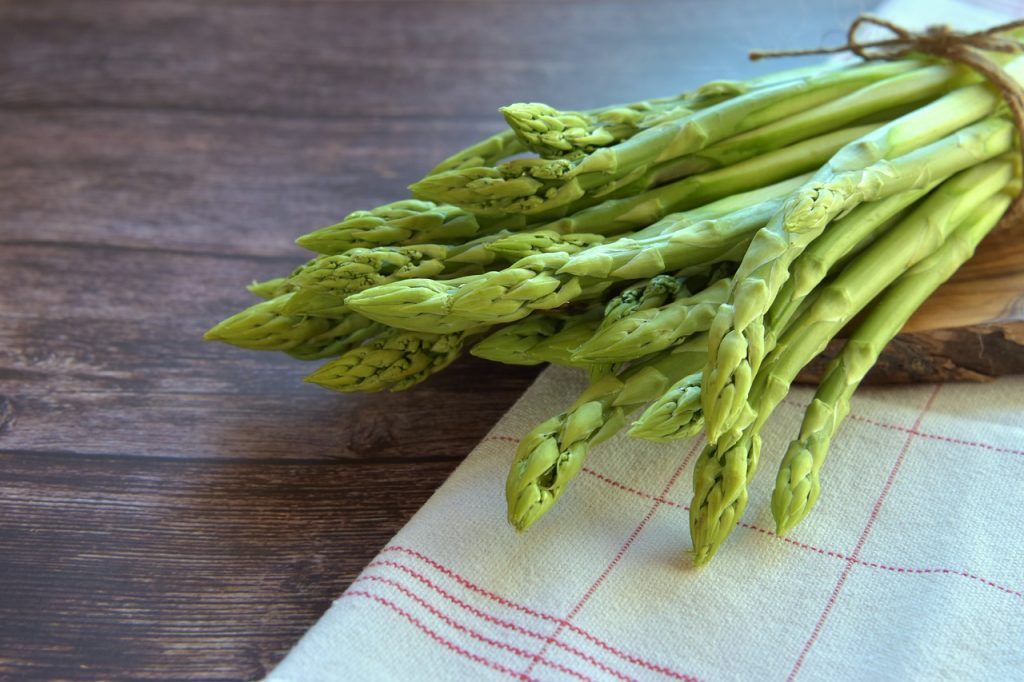
Atlas Asparagus
Atlas asparagus is resistant to most diseases that affect asparagus plants and does very well in hot climates.
It also produces a large crop and is very hardy. It has dark green shoots with a little purple on the bud scales and has an especially high tolerance to fusarium.
It can grow in both hot and cold climates, as long as it is exposed to a minimum of six hours of sunlight a day, and it is drought tolerant. The plant can grow up to 1.5 meters tall, while the asparagus itself can grow to about 25 centimeters.
It also grows in most climates from 45ᵒ to 85ᵒ Fahrenheit and can even tolerate frost.
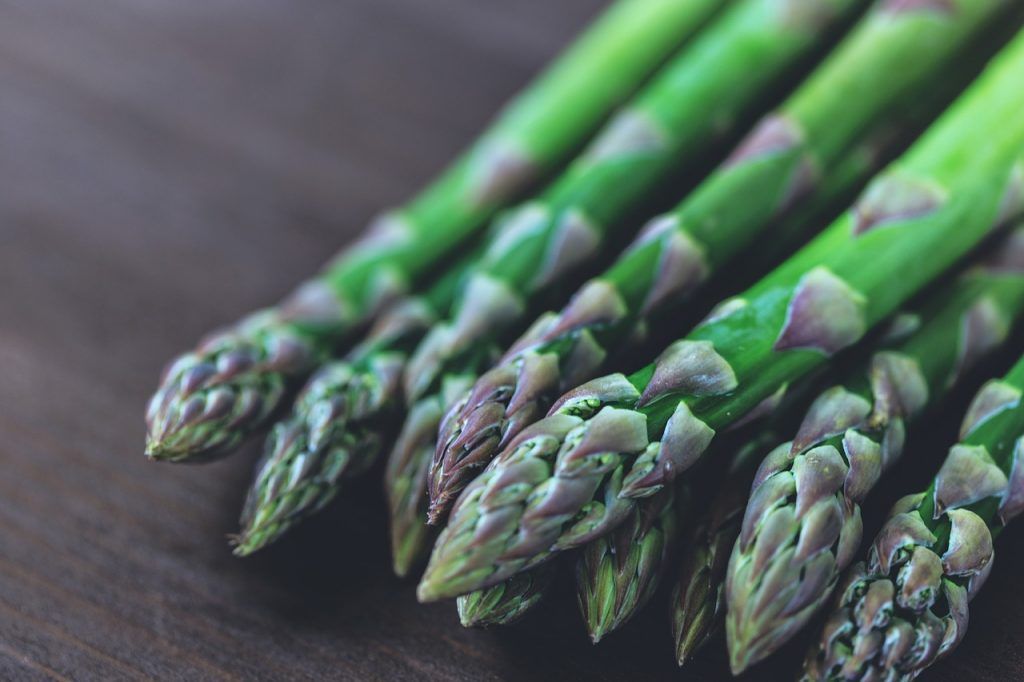
Jersey Series Studs
Jersey series asparagus are a hybrid variety of all-male plants and include Jersey Giant, Jersey Knight and Jersey Supreme. The Jersey Giant is hardy and does well in most climates, including cold ones. It usually grows between 17 and 19 centimeters long and is very meaty and tasty.
Their stems are very thick and they are a perennial plant, so you will be able to enjoy them for many years. They typically mature in late spring in most climates and do best if you live in zones 4-6.
The Jersey Knight is resistant to many diseases, including rust, crown rot, and fusarium wilt, among others. It is also a very resistant type of asparagus. Best grown in zones 3-10, this type of asparagus performs well even in cold climates and is high in vitamins A, B6 and C.
The Jersey Supreme, a fairly new variety, is also disease resistant and can be harvested a little earlier than the Knight or Giant.
It’s also a good choice if your soil is sandy. Jersey Supreme is more uniform than other asparagus hybrids and grows well in soil that has at least some sand. It is resistant to rust and fusarium wilt and does best in growing zones 3-8.
Also, he tends to get larger harvests the older he gets; in the fourth season, you should see a very large and robust harvest.
Asparagus Mary Washington
For more than a hundred years, the Mary Washington type of asparagus has been very popular in Europe and the United States.
They have a delicious flavor and their shoots are bright green with light purple tips. It is a traditional form of asparagus that grows long and even.
Mary Washington asparagus is an heirloom variety that is a perennial and does best in growing zones 3-8.
Its foliage is also quite attractive and is a feathery green color. Asparagus reaches approximately 20 centimeters, while the plant can grow up to 15 centimeters in height.
They also prefer full or partial sun.
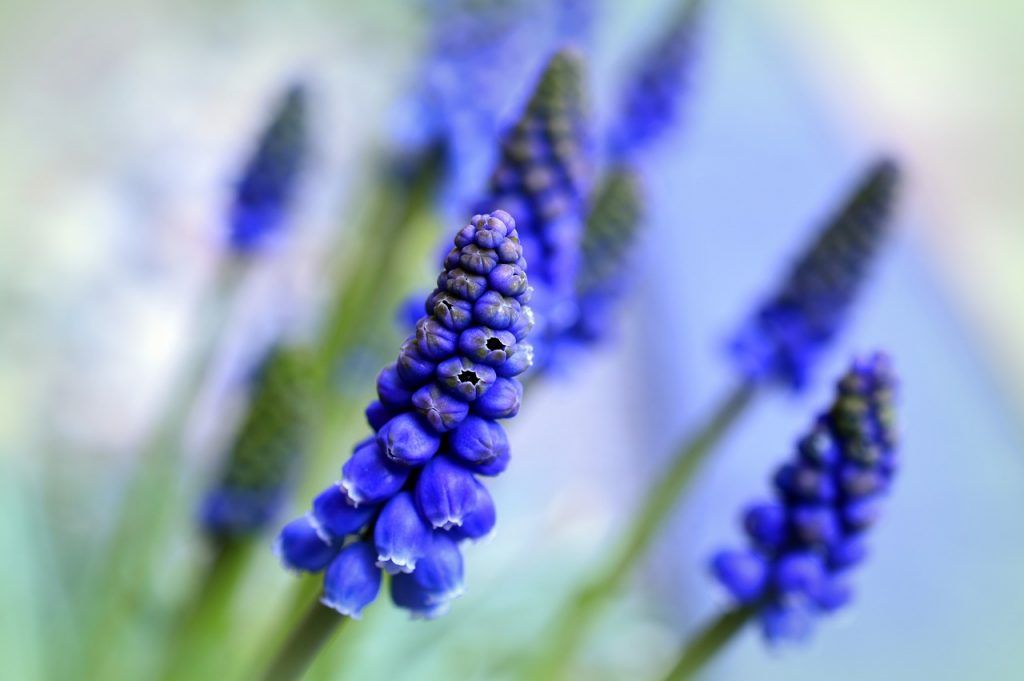
Precoce Asparagus D’Argenteuil
This type of asparagus is especially popular in Europe, where it originates from.
It is light green in color with pink tips and is an heirloom variety with a very sweet flavor.
The name of the asparagus partly means «early», so if you don’t have much patience, it’s a good option, since you won’t have to wait long to harvest this type of asparagus in your garden.
It became popular in France and is whitish-green in color with hints of light pink throughout.
It prefers full sun and the plant can reach a meter in height. It also does best in growing zones 5-8. Precoce D’Argenteuil asparagus is tender and very tasty. Begins to thrive in its second year after planting.
Purple Passion Asparagus
Made up of male and female plants, the Passion Purple asparagus acquires a lighter color when cooked. It has excellent flavor and is best grown in zones 3-8. This type of asparagus, with a very marked flavor and tenderness, is also ideal if you need to freeze it for any reason.
In addition, Purple Passion asparagus is one of the most tender and flavorful types of asparagus, much more so than other green varieties, which is one of the reasons why it is great for both salads and cooking.
Asparagus UC 157
UC 157 asparagus is a hybrid asparagus that does very well in warm climates. It is pale green in color and very resistant to various diseases. Furthermore, it is both a male and a female plant.
This type of asparagus was developed in 1978 and is one of the most popular, if not the most common.
Tolerant to rust and fusarium, UC 157 asparagus is uniform in both size and color and is a perfect type of asparagus to grow commercially due to its high yield.
It grows well in all growing areas, with the plant reaching a size of four to five feet when fully mature, including the vegetable itself, and is often found at farmers’ markets and other local markets.
Viking KB3 Stud
Viking KB3 asparagus is a fairly new variety and combines male and female plants.
It is a robust plant that produces large crops and is a very tasty vegetable that can be harvested early. It can grow in most climates and can be harvested when the stems are pencil-thin. The stems grow to about four inches long and are very meaty and tasty.
It is a very easy type of herb to grow and is also a type of Mary Washington asparagus.

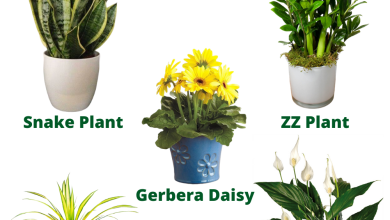


![Photo of Laurel cuttings: [Grafting, Season, Rooting and Sowing]](https://www.complete-gardening.com/wp-content/uploads/2021/06/laurel_1612798965-390x220.jpg)